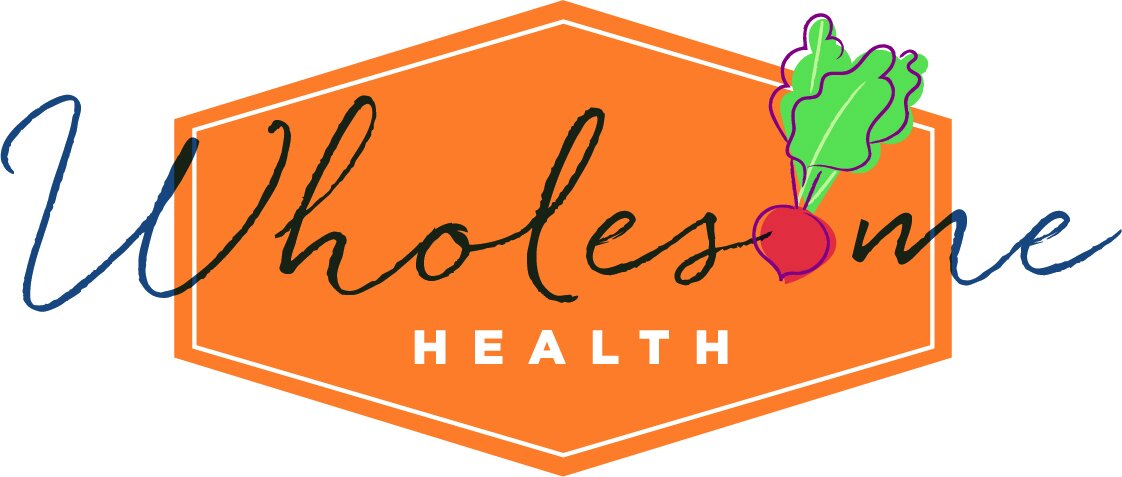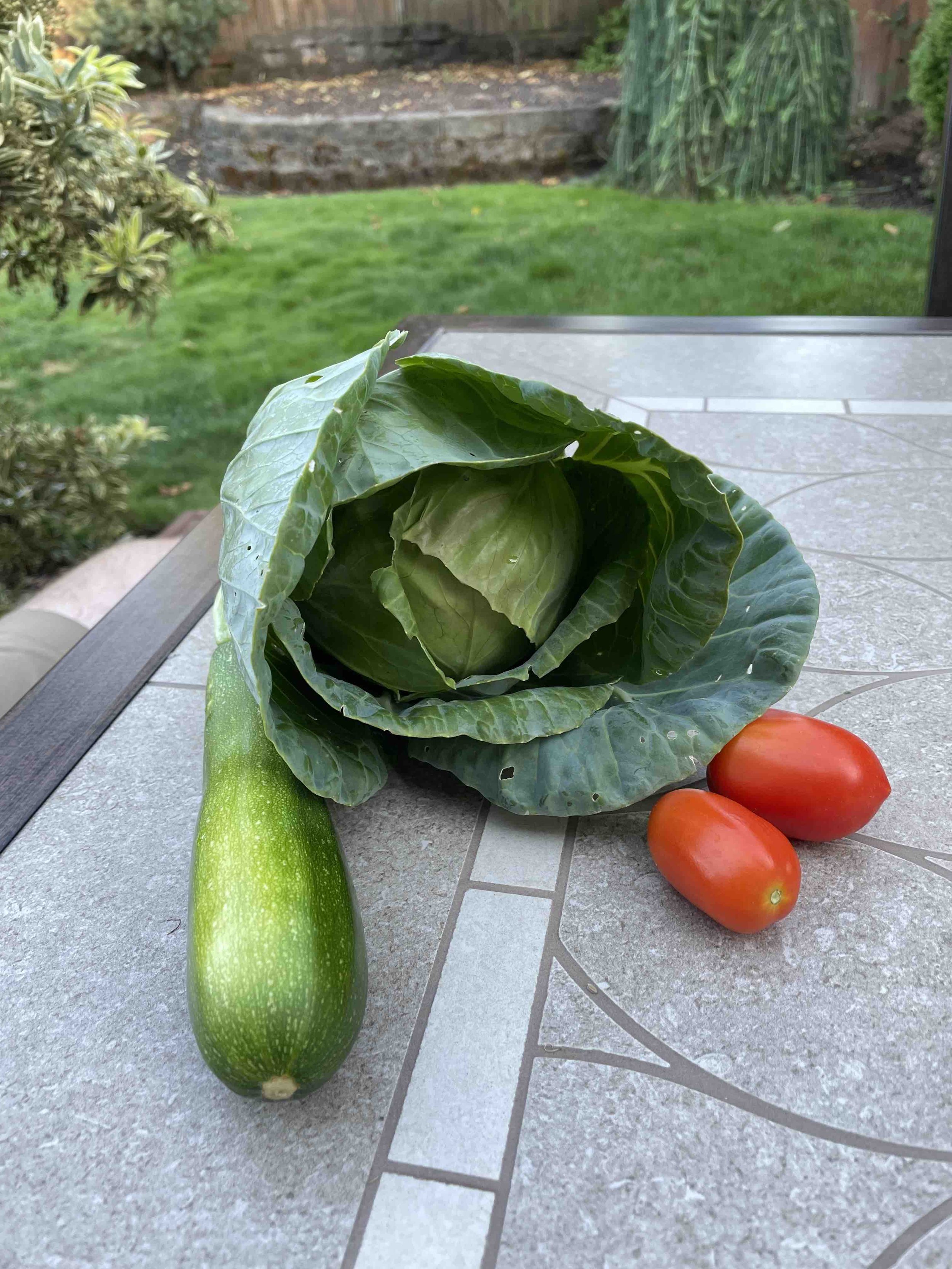How to Eat 30 Plants in One Week
Last week, I talked about increasing the variety of plant foods in your diet to help improve gut health. Research at the American Gut Project has revealed that people who eat at least 30 different varieties of plants each week have a more diverse gut microbiome than those who eat 10 or fewer. Plant foods include fruits, vegetables, whole grains, nuts, seeds, spices, and herbs. How, you may ask, do you eat 30 different plant foods each week? Though this may seem like a difficult task, today’s post is dedicated to helping you increase the variety of plant foods in your diet.
Can You Eat 30 Different Plant Foods in a Week?
Gut health is a hot topic these days. A typical Western diet is high in processed foods and refined sugars, like fried foods and packaged snack foods which contain unhealthy oils that can lead to inflammation. Plant foods, including fruits, vegetables, whole grains, legumes, nuts, seeds, spices, and herbs are much better for overall health, especially the health of our guts. In today’s post I’ll talk about some of the new and exciting research around improving gut health by increasing your intake of plant-based foods.
What To Do With Your End-of-Summer Harvest
If you have a garden, August and September mean it’s harvest time! If you’re like me, you may be wondering what to do with all your produce, especially all of those tomatoes. Last week I shared my homemade tomato sauce recipe and today I’ll share some other easy ways to make sure nothing in your harvest goes to waste.
Easy Homemade Tomato Sauce Recipe
Tomato season is in full swing! Making tomato sauce is one of the easiest ways to use all those tomatoes your garden produces. And an added bonus is that the sauce freezes well so you can make large batches to enjoy during the winter months. Read on to learn why tomatoes are healthy, why you should make your own tomato sauce instead of buying it, and for my delicious recipe.
Perfectly Roasted Beets Recipe
Beets: either you love them or you hate them. Whether you like them or not, beets are an all-star superfood packed with nutrition. Today, I’ll share the health benefits of beets and how to make them taste great!
Better Butters: Macadamia Nut Butter
Whenever I think of macadamia nuts I think of Hawaii, but did you know they were actually native to Australia? Like any nut or seed, it’s easy to turn macadamia nuts into nut butter. Today I’ll discuss the health benefits of macadamia nuts and share my simple yet delicious recipe.
Diets 101: Intermittent Fasting
There are so many diets out there and it’s often hard to find good information about whether or not these diets are worth trying. You’ve likely heard of intermittent fasting (IF) and wonder if it’s a good option. Today I’ll discuss what it is and the research behind it to help you make an informed decision about whether or not it’s a good plan for you and your health goals.
Unstoppa-Bowl: How to Make a Healthy Bowl
You may have heard the term “Buddha Bowl” and wonder what exactly this is. Bowls are an easy and healthy way to make a balanced meal; they’re also great for meal prep. In today’s post, I’ll share my simple template for making your own healthy bowls.
Diets 101: Anti-inflammatory Diet
You’ve likely heard of inflammation; not all inflammation is bad, but too much of it can be harmful. The good news is that certain foods may help prevent or reduce inflammation. Today I’ll discuss what inflammation is and how you can reduce it by eating a healthy diet.
Gestational Diabetes: What to Do About a High Fasting Blood Sugar
Gestational diabetes mellitus (GDM) is diabetes that develops in pregnancy. It can often be managed with lifestyle changes such as increasing exercise and eating fewer carbohydrates. For more information about what gestational diabetes is, check out one of my previous blog posts. Today I’m going to focus specifically on how to lower morning blood sugar levels with lifestyle changes.










